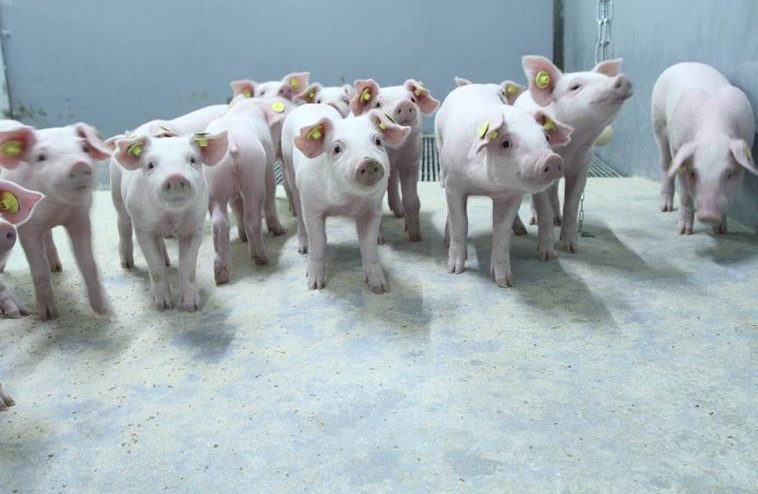
The European Parliament recently accepted a proposal with which stricter conditions will be imposed within the European Union on the use of antibiotics in animals. Since 2011, medicinal feed has been banned in the Netherlands, but that is far from the case in the rest of the countries in the EU. However, a change may be on the horizon.
They’re not doing all that badly in the Netherlands right now: in a letter from State Secretary Van Dam to the House of Representatives, he relayed the current figures—“we used to belong to the bottom of the class in 2009, but now we are leading the pack in Europe”. There has been a 60% drop in antibiotics use. Across Europe, average antibiotics use is over 1.5x Dutch use. If we look exclusively at countries with large pig populations, then that number jumps up to 2x the antibiotics use. Spain has the dubious honour of being number one with 4.5x the antibiotics use per pig when compared to the Netherlands.
The solution is not far off
So, we are not all the way there yet. Mark Schippers, owner of MS Schippers tells us: “As of tomorrow, any farmer can start using our HyCare concept, which currently yields a 90% reduction when compared to average Dutch antibiotics use!” This is a big step in the right direction and the beginning of a solution to an international problem.
From curative to preventive
One of the most important principles behind HyCare is a change in our way of thinking: healthcare needs to focus on preventively managing animal health instead of curing them after the infections have already appeared. “Completely banning antibiotics is not currently in sight, but,” says Mart Smolders, MS Schippers Division Manager Pigs, “we feed our own children in a clean environment with clean drinking water, right? If we apply this sort of basic hygiene to our animals, then you will start seeing drastic differences.”
No huge investment
Those who think that these solutions are expensive will find themselves proven wrong. Schippers currently calculates that they can generate an additional yield of over 13 pound per fattener each year in their own test stalls. However, it does require a change to the standard work method—for instance, you have to clean more intensively after each round.
Currently, the company is giving interested farmers tours in their stalls and there has been interest both nationally and internationally. “It is only a matter of time before this becomes the standard” says Pim Peters, HyCare Stable Manager, “but we are far from done—there are plenty of wonderful innovations waiting for us to find them!”